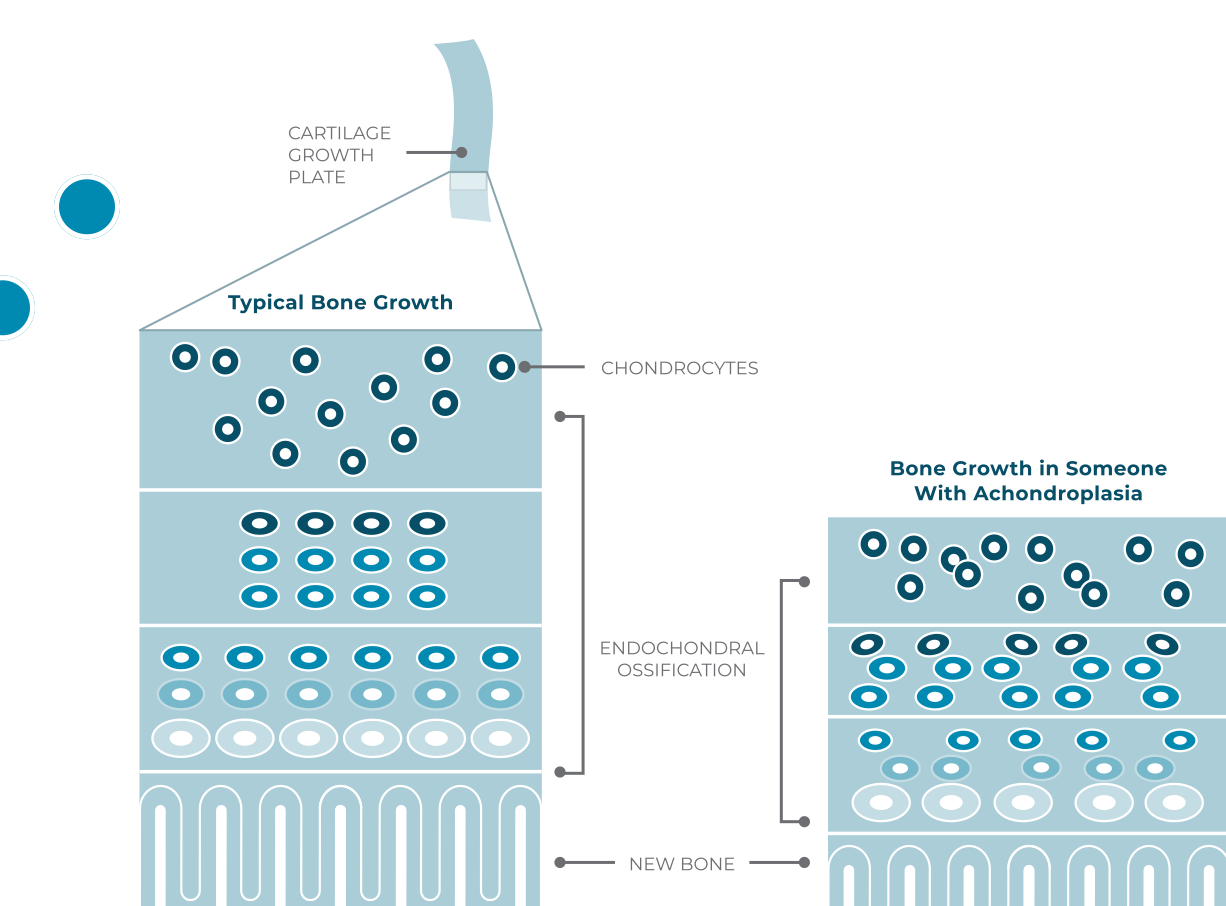Achondroplasia is the most common cause of short stature, or dwarfism. One of the most important things to know is this: it’s about more than just height.
ACHONDROPLASIA IS

RARE
GENETIC


DIAGNOSED IN DIFFERENT WAYS








